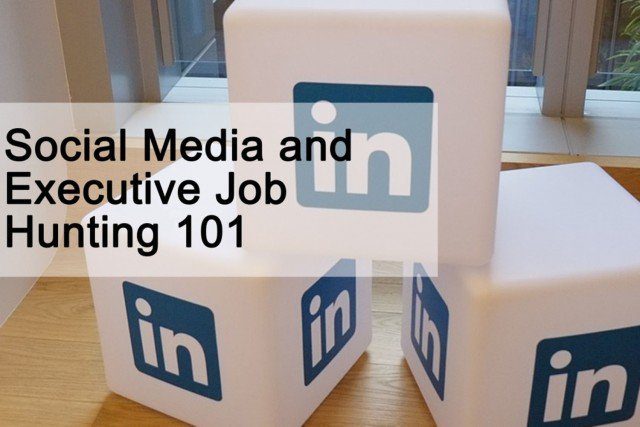How can you, as an executive level job seeker, practically leverage the various platforms to your own benefit? With many job decisions being close run affairs these days, it’s often that extra 2 or 3% which can tip the balance in your favour. It’s these subtleties that I’d like to focus in on. I’d be interested to hear what resonates with you.
LinkedIn still dominates as a source for both recruiters and candidates, although there are other options appearing on the web. From a candidate’s perspective then, I seem to come across the same issues, ‘blind spots’ or shortcomings on many LinkedIn profiles:
Your photograph…. Oh dear! Some are either “Selfies” (fine, but think of what it actually looks like to a recruiter or potential employer), or with an expression that can literally be scary! I suggest a friendly “smile” head and shoulders shot, dressed in appropriate business clothing. It’s great that you love your spouse (or your best friend) by the way, but a photo with half their head in it? The same applies to “hobby” photos (You on a bike, surfboard etc. Some work, but most don’t).
Sticking with LinkedIn; does your headline state exactly what you’re seeking or offering? I’m talking to those of you who have got perhaps one or two words, or a past role, a hobby job, or a voluntary role as their headline. The headline is your big chance to state your case, skills and sector experience. I know that this isn’t always easy; as some of you in hectic senior level roles won’t want to broadcast your intentions to the world i.e. a discrete or passive job search – there are other ways to leverage LinkedIn if that is your situation. We teach LinkedIn to our clients, and there is much that you can do to attract relevant visits to your LinkedIn profile.
Moving onto Twitter, my experience with this has been that it’s an underestimated tool for business networking, and can be seen as a bit “light” re the job hunt. Not so, I’ve known of many folks who have built a modest following and have reaped the rewards from this. There are employers and recruiters on Twitter. That much is definite. It’s how you engage with a person that dictates the outcomes; I suggest following relevant people and organizations that interest you (search for them in the search facility), try to keep your following/followers ratio fairly balanced.
Re-tweeting people’s tweets is the best method of creating relationships – but my own philosophy is that it must be based from a win-win perspective (Stephen Covey’s The 7 Habits of Highly Effective People covers this), which should I suggest, be at the core of the way you “think” about and use Twitter. Give first; it’s as simple as that. No simply wading in asking for favours from people you’ve just connected with please… Simple human engagement will show that you’re a good/interesting/helpful person to follow, and make your tweets interesting – and not all about you. These are fundamentals that can take months to “get”, so I hope this will help you, and save you time.
There are other emerging social media platforms out there (Google + is gaining a lot of traction), but if you begin with the above two you’ll be on your way.
For most of our clients at senior level however, LinkedIn would be the most commonly used platform, and is where we focus our curriculum in terms of key training. Contact us for further details, or click here if you’d like to receive further executive career tips & a copy of our report on navigating the hidden jobs market.

